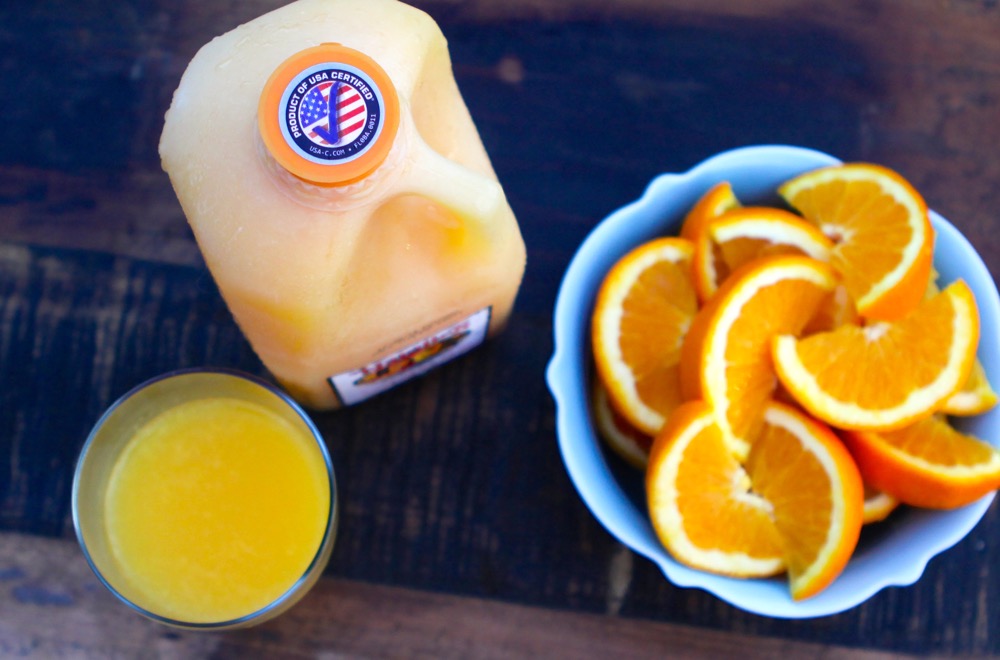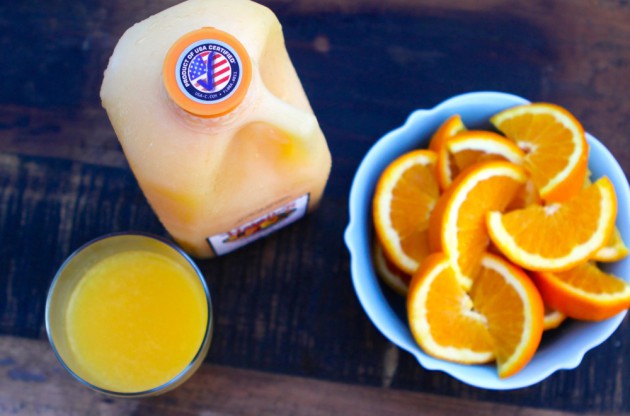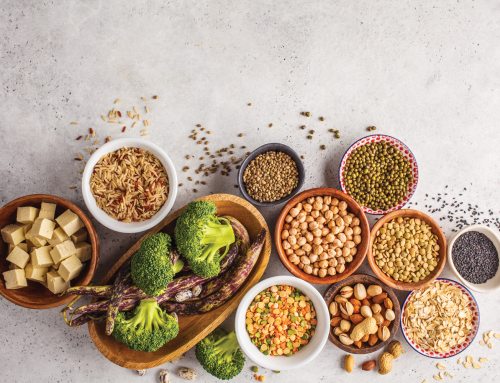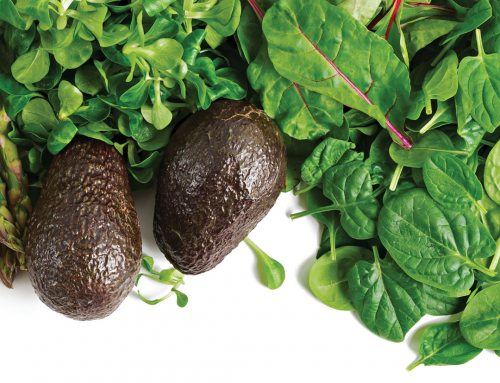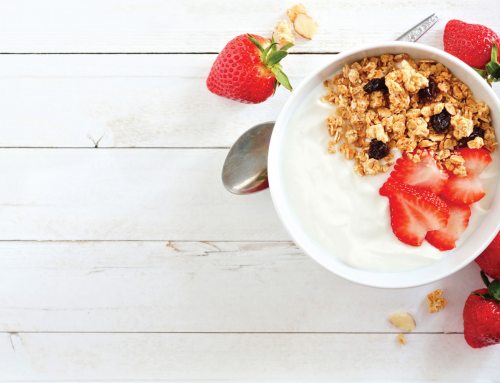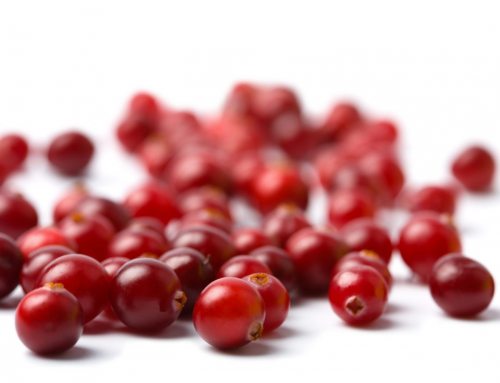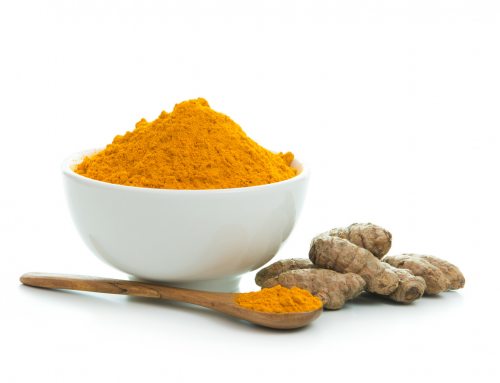By Natalie Sexton
Twenty years ago, the FDA introduced the Nutrition Facts label with the simple goal of helping consumers make smarter food choices. While some consider the labels difficult to decipher and not always useful, at least educated consumers were given a consistent means of measurement by which they could compare the nutritional content of foods between various product families and brands.
Currently, the FDA is working on a new set of food labeling requirements, and all types of measurements are being considered, including, most recently, an icon that tells consumers how many minutes of exercise they need to perform in order to burn off the caloric intake of that particular item. Wouldn’t that be eye-opening?
What’s happening here is that the FDA is responding to the cry of health-conscious consumers everywhere for more transparency, not only about the food supply chain, but in the labeling of foods that eventually make it onto their grocer’s shelf.
Let’s take a look at several popular food labeling terms and see how they are used.
Natural:
In addition to these modifications to nutritional labeling, the FDA is currently reviewing three public petitions asking it to please clarify the use of the term “natural” on foods labeled for human consumption.
Why the term “natural”? It turns out that the Consumer’s Union, the non-profit group that publishes Consumer Reports Magazine, discovered through its own research that what the public expects the term “natural” to mean drastically differs from the way the food industry is using the term on its product labels.
Unlike other FDA mandated measurements, the term “natural” doesn’t have an exact definition, at least among manufacturers. What Consumer Reports discovered is that 62 percent of US grocery consumers believe the “natural” label should assure them that no artificial ingredients, chemicals, pesticides, or GMOs were involved in the items growth, process, or handling. Unfortunately, that’s not always the case when they buy foods with the “natural” label. So the FDA has been asked to come up with a definitive meaning for the commercial use of the term.
The FDA further extended its public comment period into May of this year, but even when it eventually makes its recommendation, there’s no way to guarantee the term “natural” will end up matching what consumers say they expect.
Here’s my tip to consumers: look to the ingredient list if you want help determining the wholesome nature of a product. That’s where you’ll most easily find evidence just how “natural” or not the food item is. In our juice products, for instance, you’ll usually find we use only one to four easy-to- recognize ingredients. We use whole fruits and vegetables so our customers know there are no preservatives, concentrates, colors, or flavor packs used in our production.
Since there’s no clear definition of “natural,” the ingredient list may be your best available guide. Look for the ingredients you consider “natural”.
Pasteurized:
Pasteurization kills off any harmful bacteria in the product, which is a good thing, but many zealous producers over-pasteurize their product, which leads to loss of taste and nutritional value. At Natalie’s, we do not over-process or mass-produce our juices. Our juices are made in small batches with locally sourced ingredients and are gourmet pasteurized at the minimum temperature for the minimum amount of time (allowed by the FDA) to retain quality and nutrition. Many others over-pasteurize their drink products with a goal of extending shelf life at the cost of freshness.
My tip: read the shelf life (or expiration date) on the package. If you are consuming food or beverages that have display over a month’s shelf life still remaining, you may want to ask yourself: What are they doing to make my food last that long? Are they adding artificial ingredients? Are they adding preservatives? Or are they over processing? Anything over a few weeks pretty much indicates one or more of these production methods is being employed.
Clean:
At Natalie’s, we have moved away from using the word “natural” since it no longer holds the value it once did. “Natural” has been abused by the food industry and we do not want to associate our brand or our juices with this term. In fact, one of the Consumer Union requests to the FDA was the elimination of the term “natural” entirely, just for this reason. Instead, our juices use the “clean” label which means we simply provide the consumer with the whole fruit or vegetable indicated on the label. There are no preservatives, no natural colors, no artificial ingredients, no GMOs, and no concentrates ever added to our juices. We are passionate about providing our consumers with a source of authentic nutrition. Life is complex enough, food should be kept simple.
# # #
Natalie Sexton is the Director of Marketing for Natalie’s Orchid Island Juices, a Florida-based authentic, fresh-squeezed juice company with a presence in 30 states and 24 countries.


